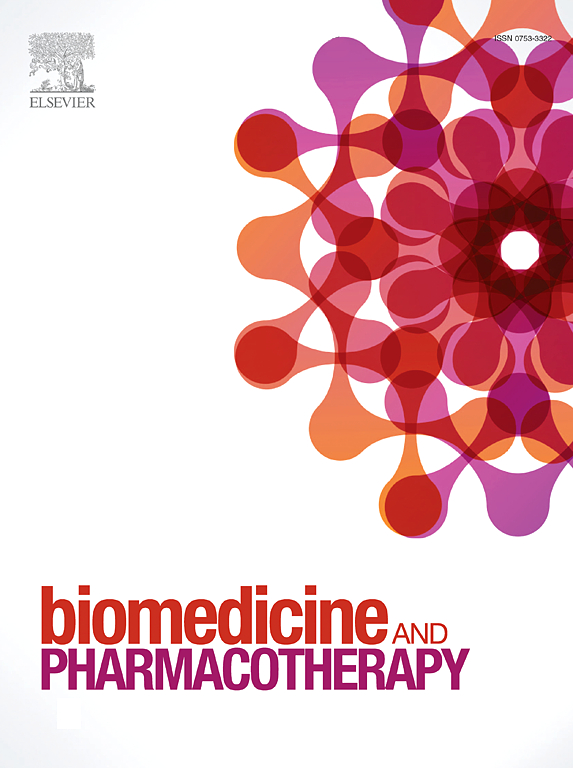Nicotinamide derivatives protect the blood-brain barrier against oxidative stress
IF 6.9
2区 医学
Q1 MEDICINE, RESEARCH & EXPERIMENTAL
引用次数: 0
Abstract
Nicotinamides play a crucial role in energy metabolism and maintenance of the redox homeostasis counteracting oxidative stress and elevated reactive oxidative species (ROS) in human cells. The levels of nicotinamides decline with age and are associated with various pathologies, including ones linked with the blood-brain barrier disorder. Therefore, the investigation of the bioactivity of synthetic nicotinamide derivates (NAs) and evaluation of their potential to protect the blood-brain barrier (BBB) from oxidative stress is emerging as an important new strategy. In the current study, we tested different NAs as potential exogenous substitutes for such biological processes. All tested derivatives were non-toxic and attenuated elevation of ROS production in brain endothelial cells induced by tert-butyl hydroperoxide (tBHP), but one specifically was protective on the cell-cultured model of the BBB. The most promising NA was a derivative containing methoxy moiety (NA-4OCH3), which not only increased cell impedance, but had a protective effect on brain endothelial cells barrier against tBHP-induced oxidative stress on several levels: reducing the ROS level and restoring the activity of glutathione, mitochondrial membrane potential, superoxide dismutase enzymes activity to the basal level. In addition, NA-4OCH3 increased the integrity of both human and rat cell-based BBB model after tBHP-treatment seen by the elevated transendothelial electrical resistance, tight junction protein claudin-5 level as well as the decreased permeability of markers across the barrier. This study highlights novel approach to protect the BBB from oxidative stress-induced dysfunction, positioning NA-4OCH3 as potential neuroprotective agent for ROS-mediated disease interventions, with implications for neurodegeneration and BBB.
求助全文
约1分钟内获得全文
求助全文
来源期刊
CiteScore
11.90
自引率
2.70%
发文量
1621
审稿时长
48 days
期刊介绍:
Biomedicine & Pharmacotherapy stands as a multidisciplinary journal, presenting a spectrum of original research reports, reviews, and communications in the realms of clinical and basic medicine, as well as pharmacology. The journal spans various fields, including Cancer, Nutriceutics, Neurodegenerative, Cardiac, and Infectious Diseases.

 求助内容:
求助内容: 应助结果提醒方式:
应助结果提醒方式:


